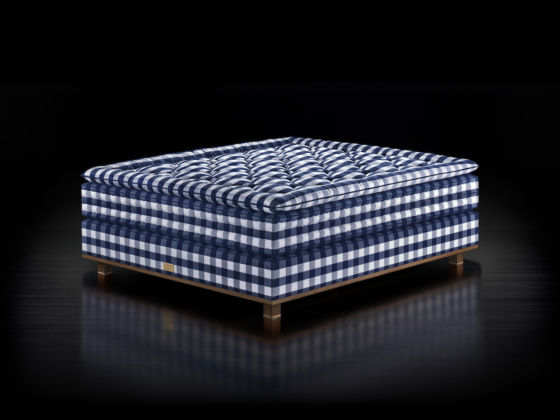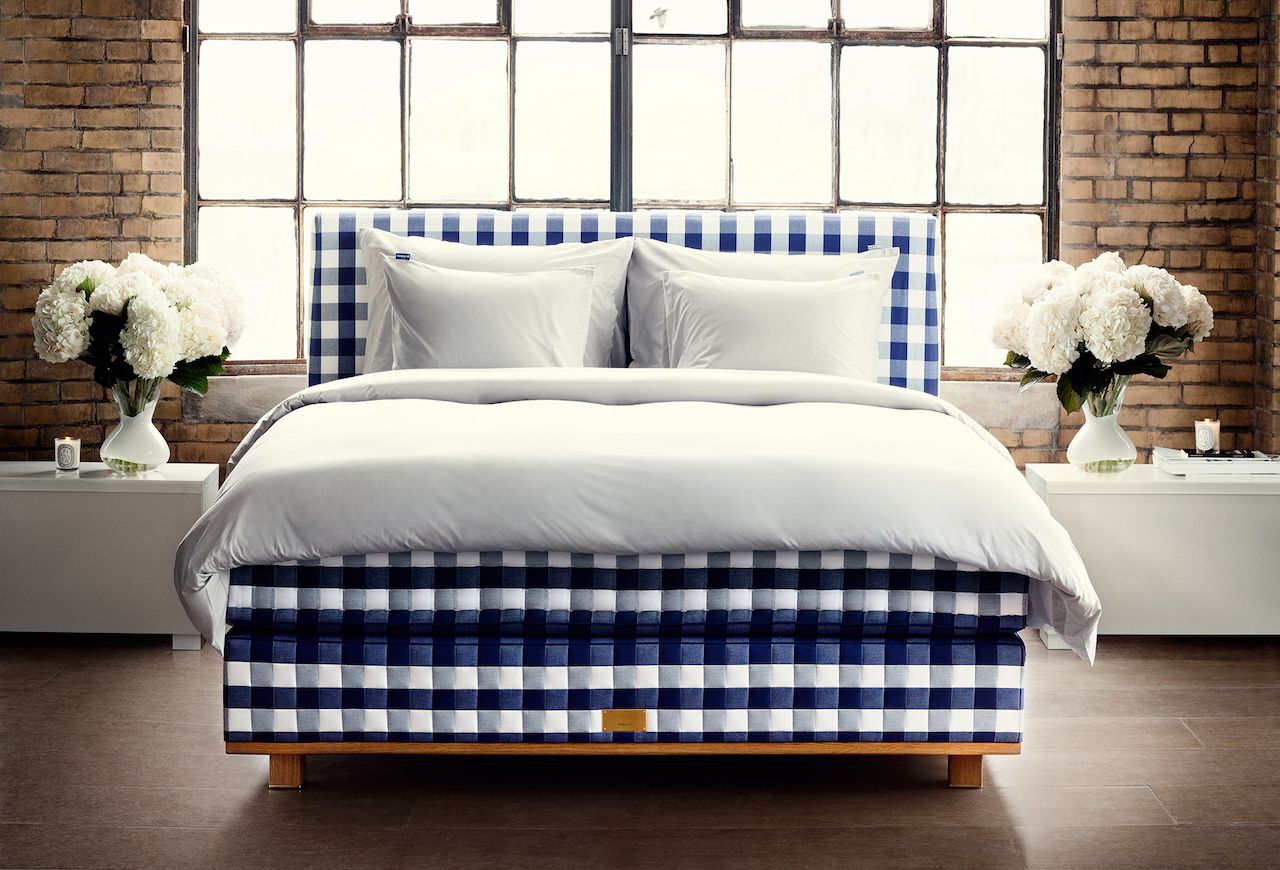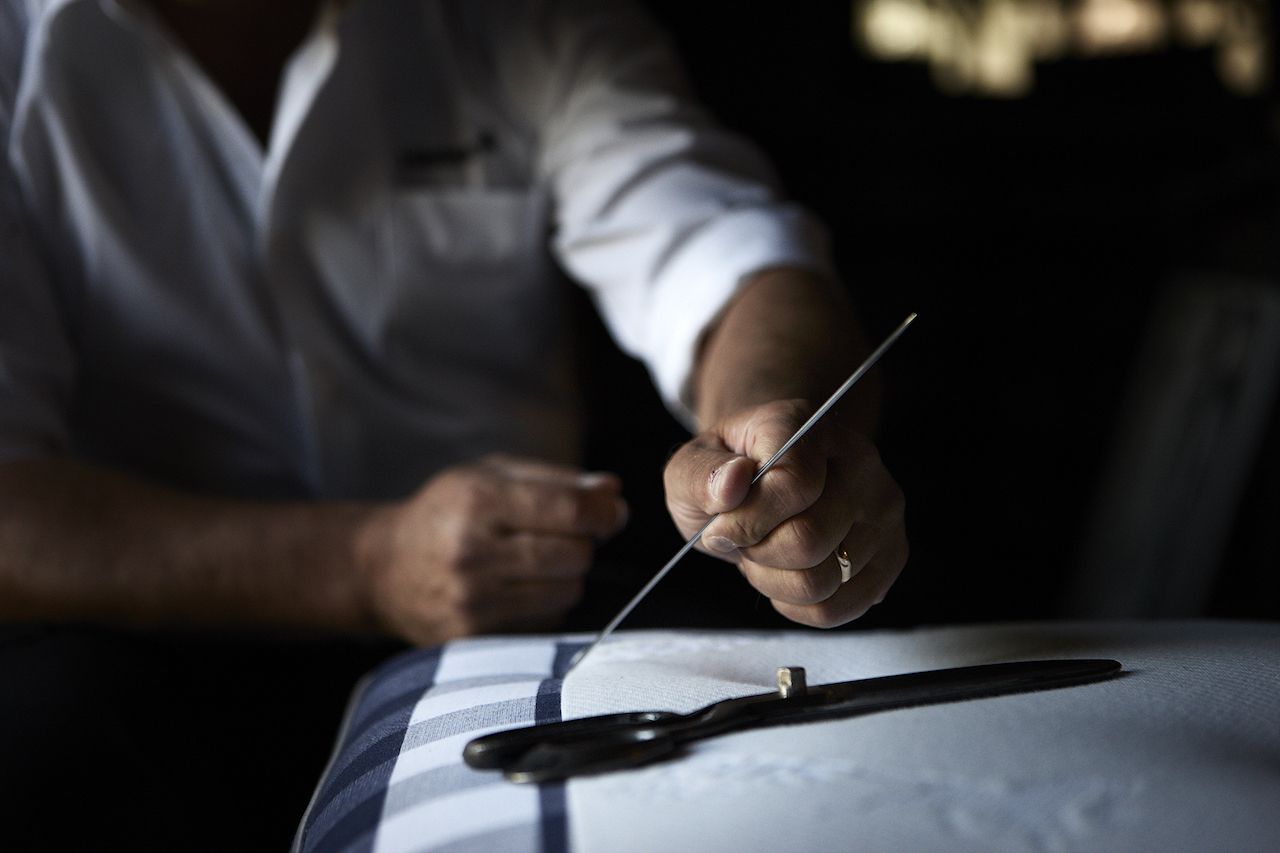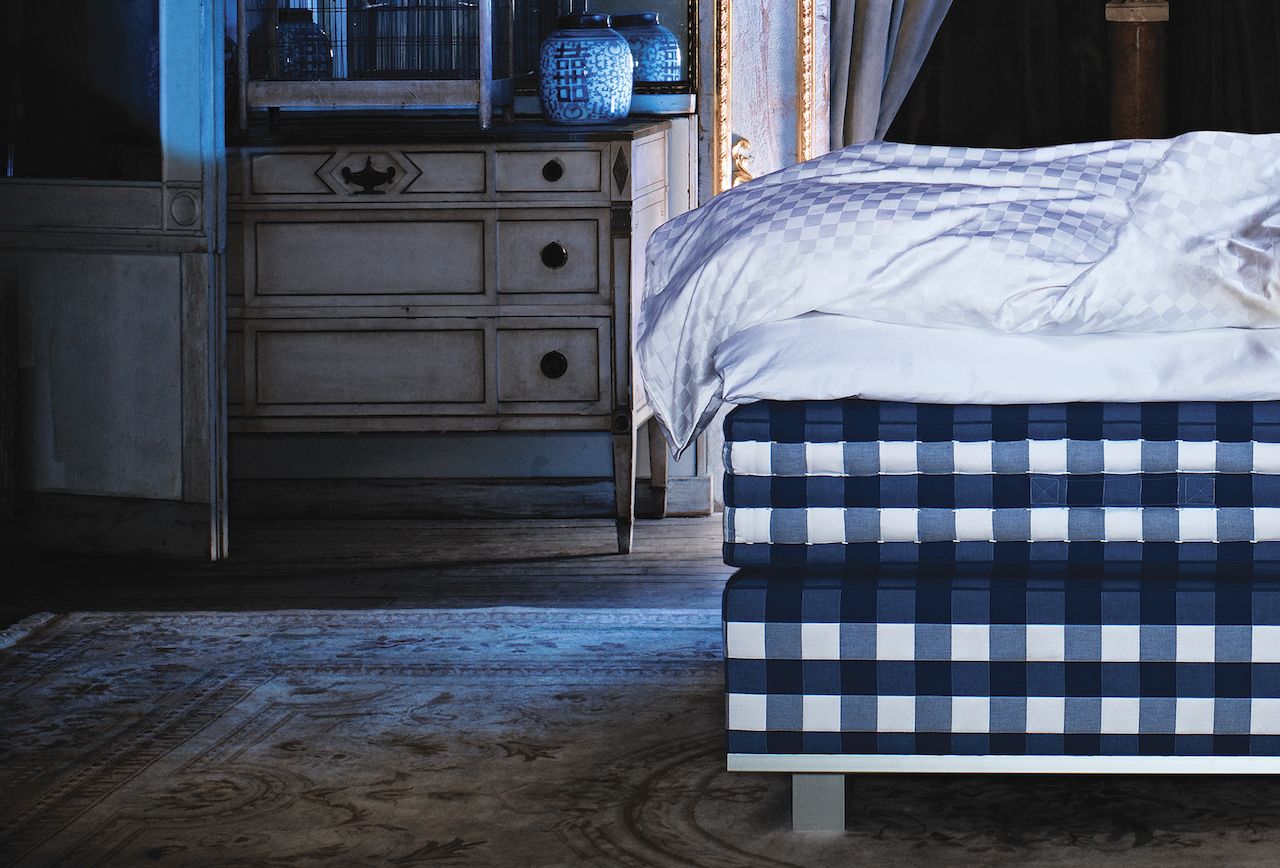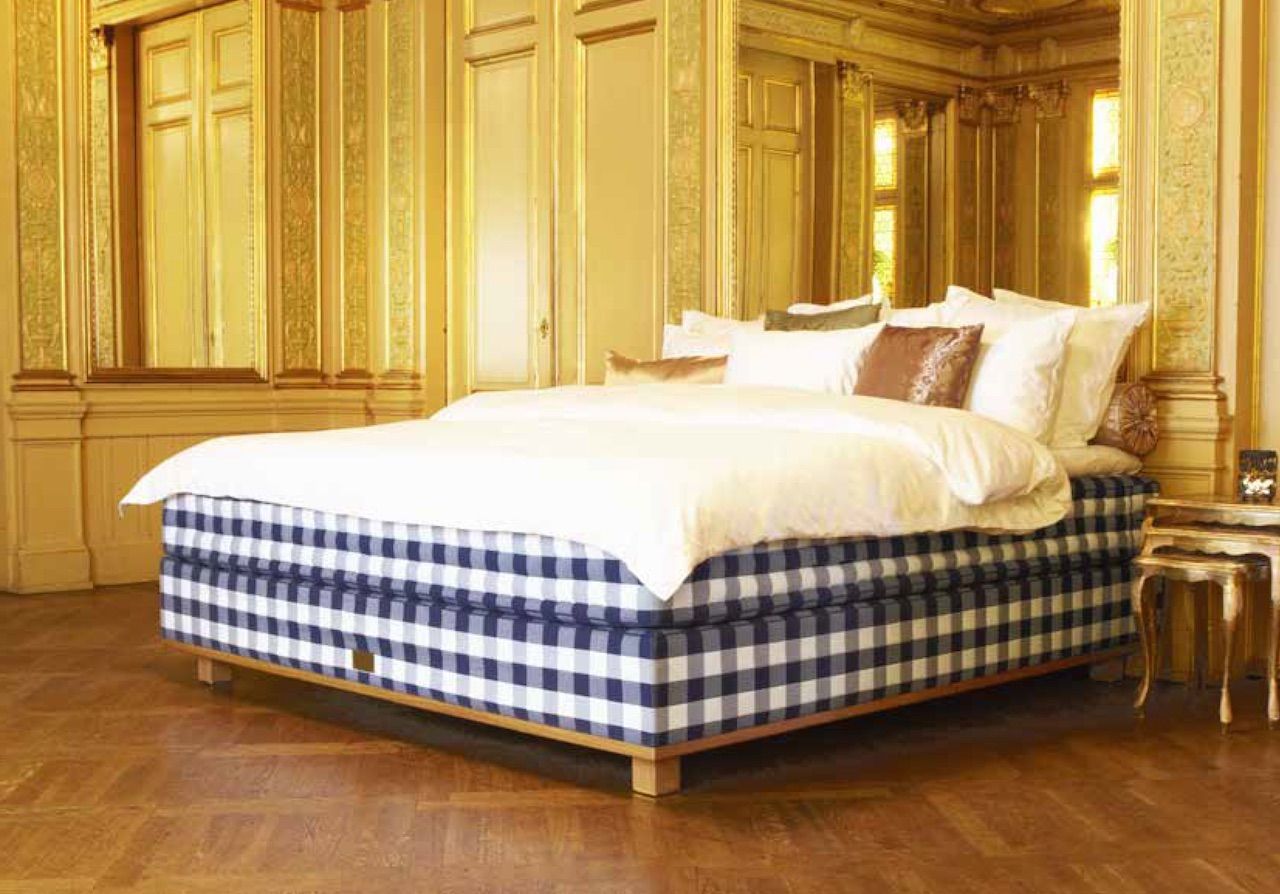When you hear a bed costs $189,000, it comes with a certain set of expectations. It should look like something a newly paid rapper would show off on Cribs, complete with a solid gold headboard and sapphire tufts. The only other one in the world should be perched atop a 19-star suite somewhere in Dubai. There should be rumors Putin has one, too.
It should look like the inside of a Faberge egg, and come with Scarlett Johansson or Chris Hemsworth under the covers. Just something to signify you’ve dropped the price of a house on a piece of sleeping equipment.
